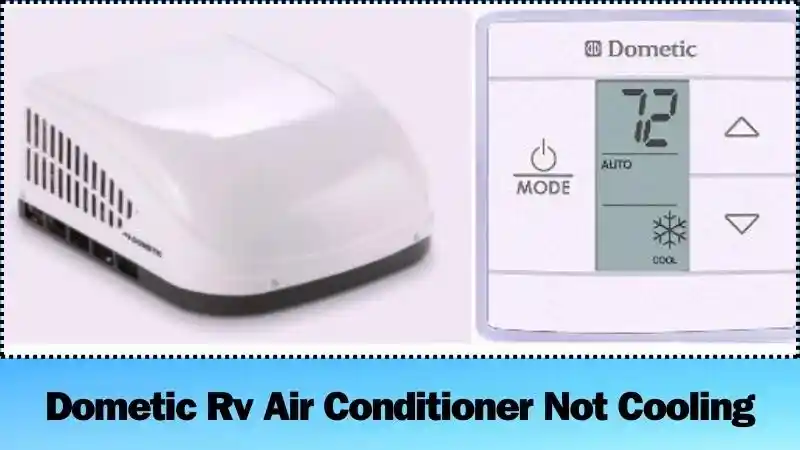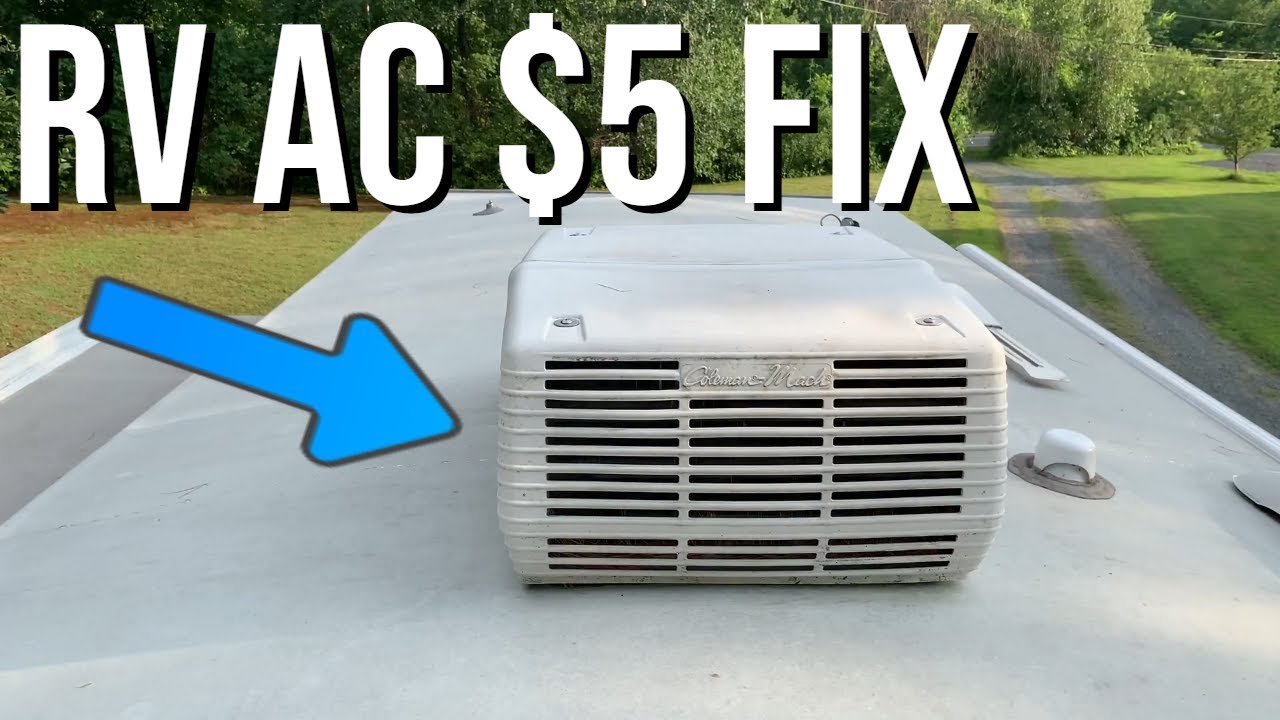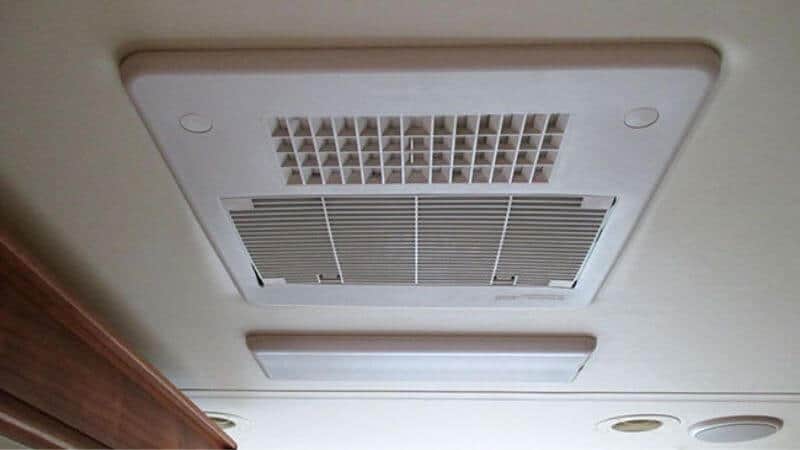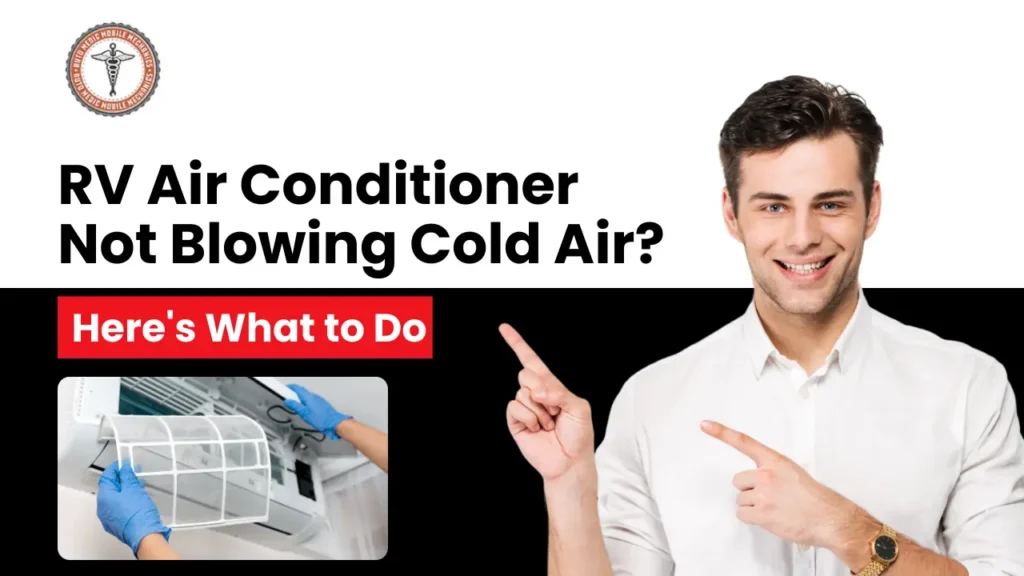Dometic Air Conditioner Not Blowing Cold

A Dometic air conditioner failing to blow cold air is a frustrating experience, whether you're dealing with a unit in your RV, a single-family home, or a large commercial building. This article will guide homeowners, HVAC technicians, and facility managers through diagnosing and resolving common issues that cause this problem. We'll cover everything from simple troubleshooting steps to more complex repairs, providing insights into costs, efficiency, and preventative maintenance to keep your Dometic AC running smoothly.
Understanding the Basics of Dometic Air Conditioners
Dometic produces a wide range of air conditioning systems, primarily known for their applications in recreational vehicles (RVs), boats, and other mobile environments. However, they also manufacture units suitable for residential and light commercial applications. While the specific components and configurations may vary, all Dometic ACs operate on the same fundamental principles of refrigeration. They use a refrigerant to absorb heat from the indoor air and release it outside, leaving the indoor air cooler and more comfortable. Understanding this basic cycle is crucial for effective troubleshooting.
The key components in a Dometic AC system include:
- Compressor: The heart of the system, circulating the refrigerant and increasing its pressure and temperature.
- Condenser: Where the refrigerant releases heat to the outside air.
- Evaporator: Where the refrigerant absorbs heat from the indoor air, causing it to cool.
- Expansion Valve (or Orifice Tube): Regulates the flow of refrigerant into the evaporator, reducing its pressure and temperature.
- Refrigerant: A chemical substance that cycles through the system, absorbing and releasing heat. Common refrigerants include R-410A and, increasingly, R-32.
- Fan Motors: Move air across the condenser and evaporator coils to facilitate heat transfer.
- Control System: Thermostats and control boards regulate the operation of the system.
Troubleshooting a Dometic Air Conditioner Not Blowing Cold Air
When your Dometic AC isn't cooling properly, a systematic approach to troubleshooting is essential. Start with the simplest checks and gradually move to more complex diagnostics.
1. Thermostat Settings and Power Supply
The first and easiest check is the thermostat. Ensure it's set to "Cool" mode and the temperature is set appropriately low, typically several degrees below the current room temperature. Verify the thermostat is receiving power and functioning correctly. A faulty thermostat can prevent the AC from turning on or operating properly.
Also, check the main power supply to the AC unit. Ensure the circuit breaker is not tripped. For RV units, confirm that the shore power connection is secure and providing adequate voltage. Low voltage can significantly impact the performance of the compressor and other components.
2. Air Filter Inspection and Cleaning
A dirty air filter is one of the most common causes of reduced airflow and poor cooling performance. A clogged filter restricts airflow across the evaporator coil, causing it to freeze up. This ice buildup acts as an insulator, preventing the coil from effectively absorbing heat. Regularly inspect the air filter (typically every 1-3 months, depending on usage and environmental conditions) and clean or replace it as needed. Using a high-efficiency particulate air (HEPA) filter can improve air quality, but it may also restrict airflow more than a standard filter, so monitor it closely.
3. Condenser Coil Inspection and Cleaning
The condenser coil, typically located outside the RV or building, releases heat into the atmosphere. Over time, it can become clogged with dirt, debris, leaves, and other obstructions. This insulation prevents the coil from dissipating heat efficiently, causing the system to work harder and potentially overheat. Regularly inspect the condenser coil and clean it with a soft brush or a fin comb to remove any debris. Be careful not to damage the delicate fins.
Note: Some Dometic RV AC units have the condenser coil integrated into the rooftop unit. Exercise caution when working on the roof and follow the manufacturer's safety guidelines.
4. Refrigerant Leaks and Low Refrigerant Levels
If the above steps don't resolve the issue, the problem may be related to the refrigerant charge. A refrigerant leak is a common cause of poor cooling performance. As refrigerant leaks out, the system loses its ability to absorb and transfer heat effectively.
Identifying a Refrigerant Leak: Common signs include:
- Ice buildup on the evaporator coil.
- Hissing sound near the AC unit.
- Reduced cooling performance.
- Higher than usual energy bills.
Important: Refrigerant leaks should be repaired by a qualified HVAC technician. It is illegal and environmentally damaging to knowingly release refrigerant into the atmosphere. An HVAC technician can use specialized tools to locate the leak, repair it, and recharge the system to the correct refrigerant level. The cost of leak repair can range from $150 to $1000 or more, depending on the location and severity of the leak.
5. Compressor Issues
The compressor is the heart of the AC system. If it's failing, the system won't cool properly. Common compressor problems include:
- Hard starting: The compressor struggles to start, often accompanied by a clicking or buzzing sound.
- Overheating: The compressor gets excessively hot and shuts down.
- Internal failure: The compressor is completely non-functional.
Diagnosing compressor problems requires specialized knowledge and equipment. If you suspect a compressor issue, it's best to consult with a qualified HVAC technician. Compressor replacement can be a significant expense, ranging from $500 to $2000 or more, depending on the model and labor costs.
6. Fan Motor Problems
The fan motors are responsible for moving air across the condenser and evaporator coils. If a fan motor is failing, it can reduce airflow and decrease cooling performance. Common signs of a fan motor problem include:
- The fan is not spinning or spinning slowly.
- The fan is making unusual noises.
- The fan motor is overheating.
Fan motor replacement is typically a less expensive repair than compressor replacement, ranging from $100 to $500, including labor.
7. Ductwork Issues
In ducted systems, problems with the ductwork can also contribute to poor cooling performance. Leaky or damaged ducts can lose conditioned air, reducing the amount of cool air delivered to the intended spaces. Inspect the ductwork for any visible damage or leaks and seal them with duct tape or mastic. Consider having the ductwork professionally inspected and sealed to improve efficiency. The cost of ductwork repair or replacement can vary widely depending on the size and complexity of the system.
Preventative Maintenance for Dometic Air Conditioners
Regular preventative maintenance is crucial for keeping your Dometic AC running efficiently and reliably. Here are some essential maintenance tasks:
- Regularly inspect and clean or replace air filters.
- Clean the condenser coil at least once a year.
- Inspect the fan blades and motors for any damage or debris.
- Check the refrigerant lines for leaks.
- Have the system professionally inspected and serviced annually.
By following these preventative maintenance tips, you can extend the lifespan of your Dometic AC and minimize the risk of costly repairs.
Cost Considerations and Efficiency
The cost of repairing a Dometic air conditioner that's not blowing cold air can vary widely depending on the nature of the problem. Simple fixes, such as cleaning the air filter or condenser coil, may cost nothing but your time. However, more complex repairs, such as compressor replacement or refrigerant leak repair, can be significantly more expensive. When evaluating repair options, consider the age and condition of the unit. If the AC is old and inefficient, it may be more cost-effective to replace it with a newer, more energy-efficient model. Look for units with high SEER (Seasonal Energy Efficiency Ratio) ratings for cooling, indicating greater efficiency. The higher the SEER rating, the less energy the unit consumes, saving you money on your electricity bills. Consider also new inverter technologies for greater efficiency and more consistent temperatures.
For RV applications, compare the BTU (British Thermal Units) rating of the AC unit to the size of your RV. A properly sized unit will cool the space more effectively and efficiently. Over-sized units can cycle on and off frequently, leading to uneven temperatures and increased energy consumption.
Consult with a qualified HVAC technician to determine the best course of action for your specific situation. They can provide a detailed assessment of the problem and recommend the most cost-effective and energy-efficient solution.
Conclusion
A Dometic air conditioner that isn't blowing cold air can be a major inconvenience. By following the troubleshooting steps outlined in this article, you can often identify and resolve common issues. Remember to prioritize safety and consult with a qualified HVAC technician for complex repairs or if you're unsure about any aspect of the process. Regular preventative maintenance is crucial for keeping your Dometic AC running efficiently and reliably for years to come. Understanding the components of your HVAC system and refrigerant levels are critical to a efficient running air conditioner. By taking proactive steps to maintain your AC, you can ensure a comfortable and energy-efficient indoor environment.










